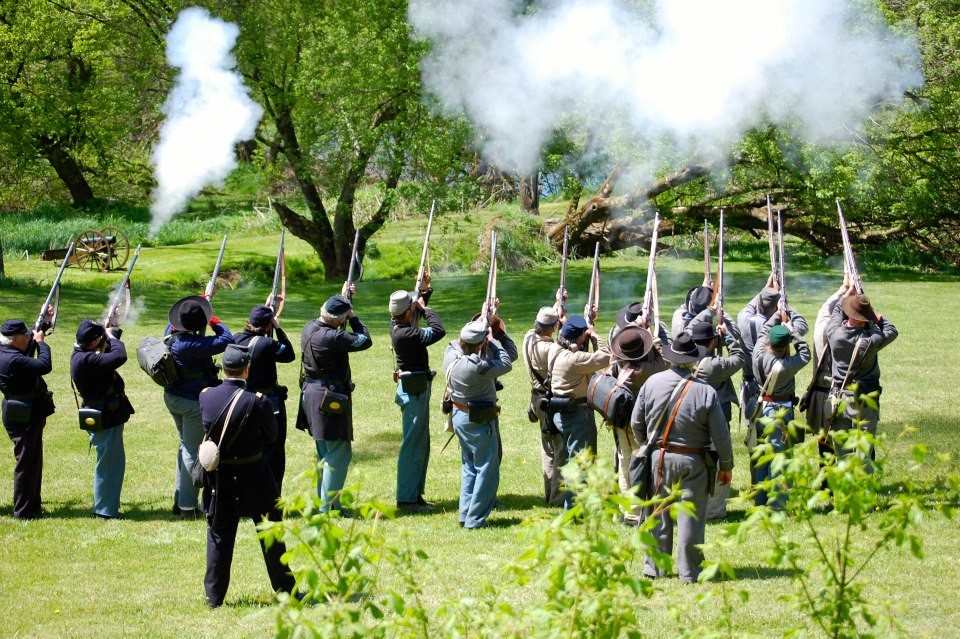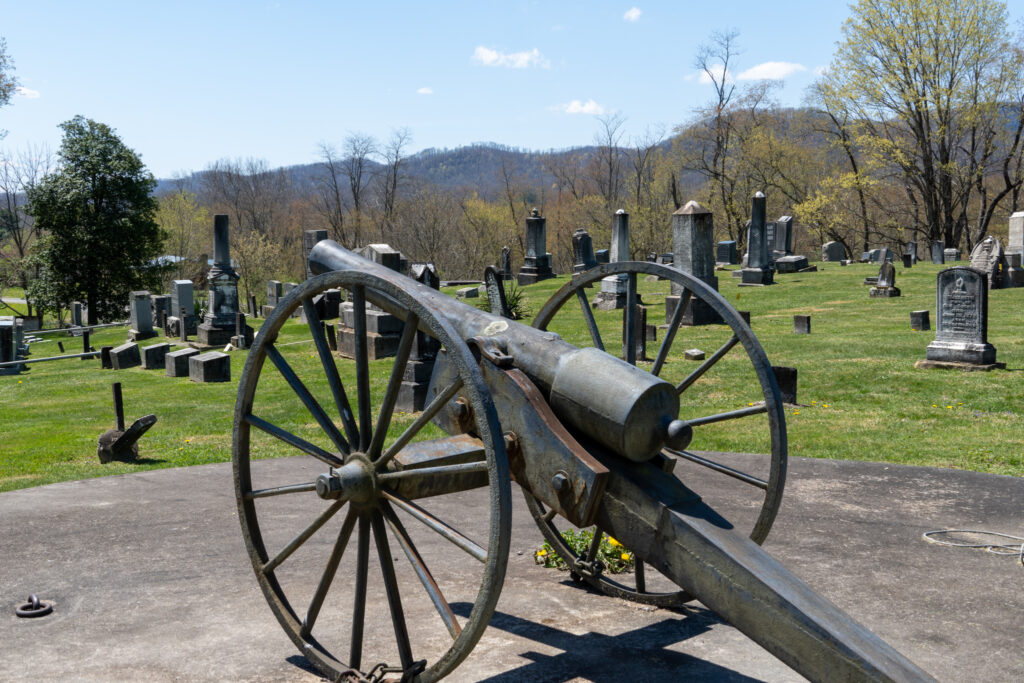
Did you know that West Virginia was home to the first land battle of the American Civil War? Specifically, Randolph County and the surrounding area? This particular area of the state is full of Civil War history. Discover for yourself the story of how the Civil War began, how it shaped our county, and how West Virginia became the 35th state in the Union through our museums and historic walking and driving tours.
Randolph County and its neighbors were the staging grounds for the first campaign of the Civil War. During the Civil War, the state of West Virginia was part of Virginia. In 1861 when Virginia seceded from the Union and created a pro-Confederate government, it stimulated unrest. The western portion of Virginia was largely populated with Union supporters so much of the population was against the pro-Confederate government. Therefore, 26 western counties gathered in Wheeling and organized their own pro-Union government and voted to become a new state called Kanawha, which was later changed to West Virginia on June 20, 1863. Keep in mind, two years passed between the secession and the new state forming, and many battles took place during that time.
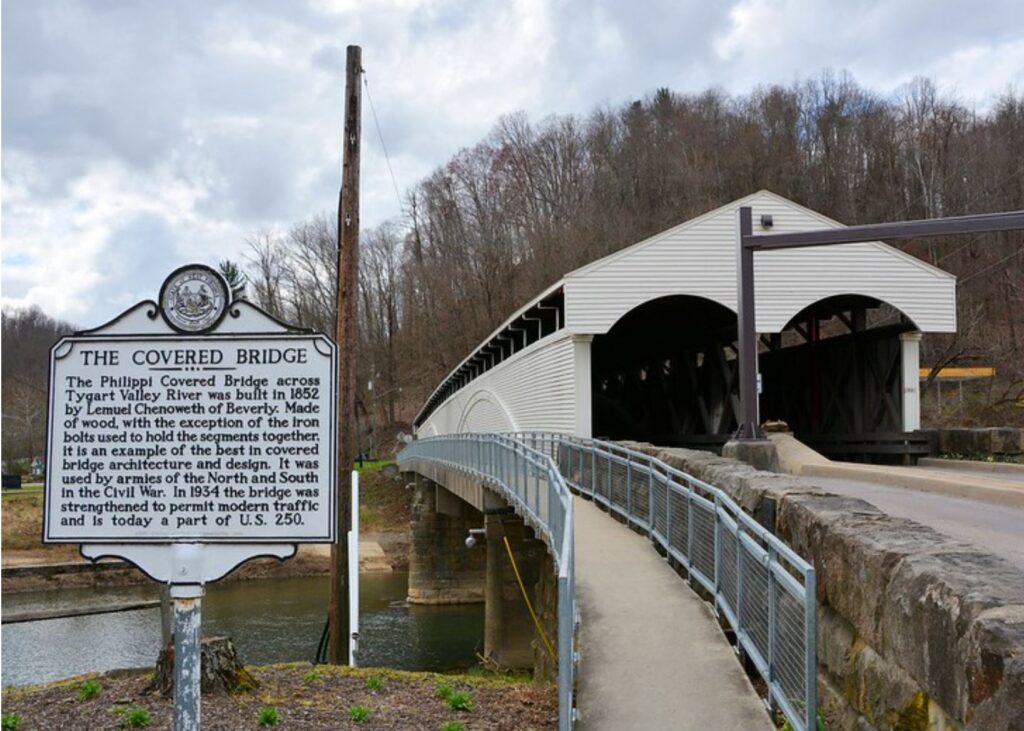
Begin your travels back in time in the small town of Philippi, West Virginia. Philippi is about 30 miles north of Elkins on US-250. In 1861, the Battle of Philippi, otherwise known as “The Philippi Races” was considered the first significant land battle of the American Civil War. Casualties were limited, but the impact of the battle was significant because Union troops successfully retained control over the Baltimore & Ohio (B&O) Railroad. Control over major transportation routes such as railroads and the Staunton-Parkersburg Turnpike was a major advantage. Because of this, many battles were fought over access to these transportation routes. You can find West Virginia Civil War Trails interpretive markers describing the battle near the Philippi Covered Bridge and Talbot’s Hill.
Laurel Mountain, also called Laurel Hill, is another nearby battlefield worth visiting. This battleground is the site of the longest battle in the Tygart Valley Campaign. Laurel Hill is located just outside of Belington and only 22-minutes away from Philippi. The Battlefield is open to the public year-round and walking trails are marked with interpretive signage.

After retreating from Philippi, Confederate forces under General Robert Garnett secured two key transportation passes, one of which was Camp Garnett overlooking part of the Staunton-Parkersburg Turnpike, significant for its access to the B&O Railroad. One month after the Battle of Philippi, Union forces overcame the Confederates at the Battle of Rich Mountain. Rich Mountain is a 33-minute drive from Laurel Hill via US-250 and Coalton-Pumpkintown Road. The road is maintained, but it is a gravel/dirt road. The Rich Mountain Battlefield Civil War Site includes the battle site, Confederate Camp Garnett, and connecting section of the old Staunton-Parkersburg Turnpike. On July 11, 1861, Union troops under General George McClellan attacked the Confederates holding the pass over Rich Mountain. On the day of the battle, the Confederate forces at the Hart homestead consisted of 310 men and one cannon. Gen. McClellan, not wanting to attack Camp Garnett from the front, recruited the Hart’s 22-year-old son to lead them up the mountain to where the troops were stationed at the homestead. After a morning trudging through dense woods, roughly 2,000 troops encountered the Confederate troops at the Battle of Rich Mountain. Outnumbered, the Confederates retreated. The victory led to General McClellan’s appointment to command the Army of the Potomac. It also gave the Union control of northwestern Virginia, allowing the formation of the state of West Virginia.
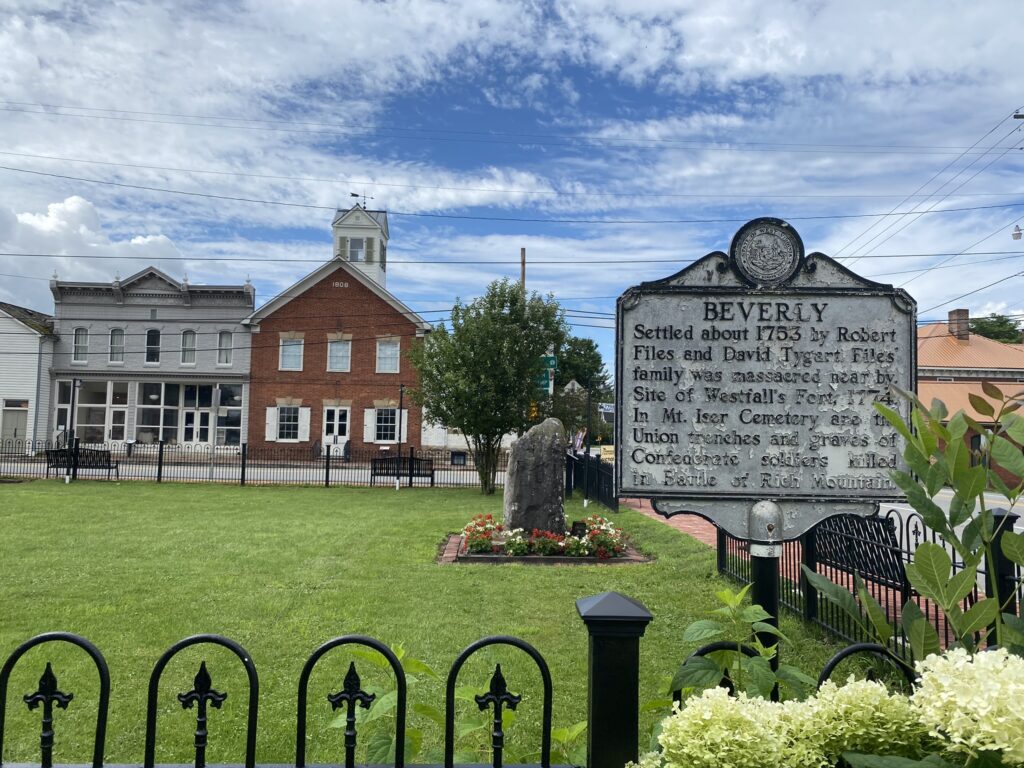
On the other side of Rich Mountain sits the historic town of Beverly in the Tygart Valley, just 12-minutes away. Interestingly enough the town of Beverly was raided several times and was a gathering place for Confederate troops before the Rich Mountain battle but also a gathering place for the Union troops after their victory at Rich Mountain. The Union Army set up a telegraph and hospital and boarded soldiers in citizens’ homes. For an interactive experience, plan a visit to the Beverly Heritage Center to learn more about life in Beverly for citizens like Laura Jackson Arnold, sister of General “Stonewall” Jackson, during the war and for detailed directions to Rich Mountain Battlefield.
Next stop in your travels is Cheat Summit Fort, 37-minutes from Beverly via US-250. In August of 1861, the Confederate Army sent General Robert E. Lee to western Virginia to try to reverse the situation. Lee attempted to drive out Union troops from their post at
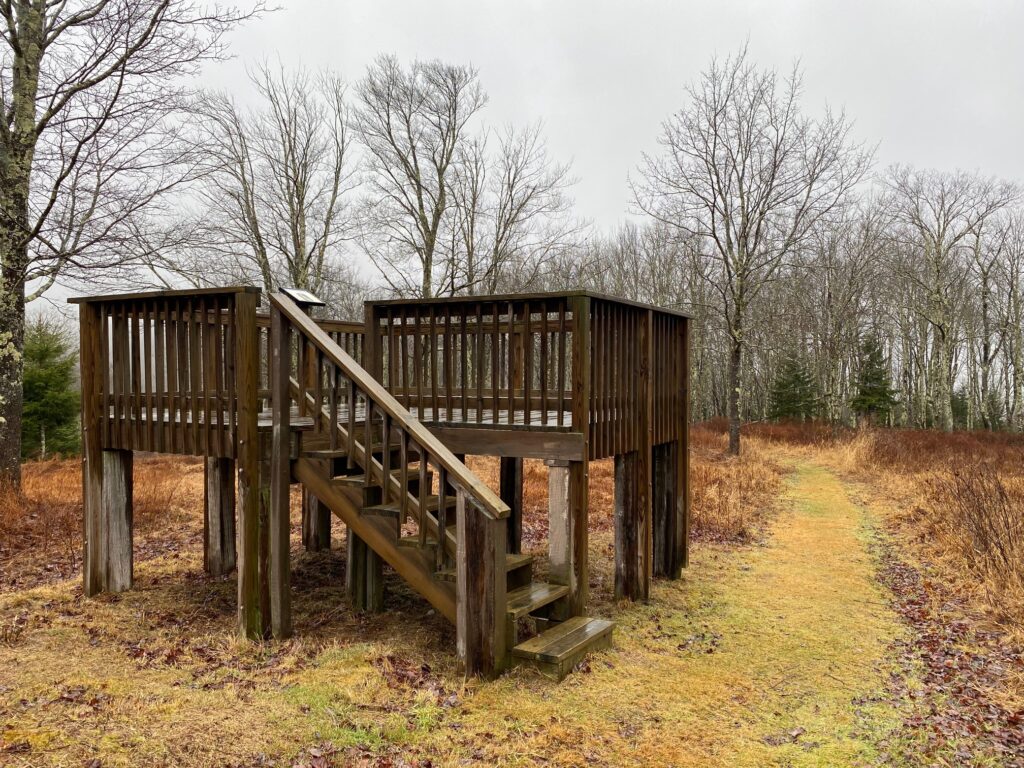
Cheat Summit Fort. Instead, Lee was forced to withdraw, and the Union Army retained control of the B&O Railroad and the Staunton-Parkersburg Turnpike. Today, you can find unique earthworks of this encampment as well as information on, perhaps, the earliest use of telegraph technology in the Civil War.
Just a little further down the mountain near the town of Bartow is Camp Allegheny. After the Confederates retreated, they posted up at Camp Allegheny to guard this portion of the Staunton-Parkersburg Turnpike. Union forces attacked the camp on the summit of Allegheny Mountain in the winter of 1861 but failed to drive out the Confederate forces and withdrew to camps near Cheat Mountain. After the fighting in 1861, there were periodic raids by Confederates, but none of these raids threatened Union control of the area. Much of the area that would become West Virginia was under Union control and remained so until the end of the war.
To experience the Civil War in Randolph County for yourself, stop at the Elkins Depot Welcome Center in downtown Elkins and grab a copy of the West Virginia Civil War Trails map.
